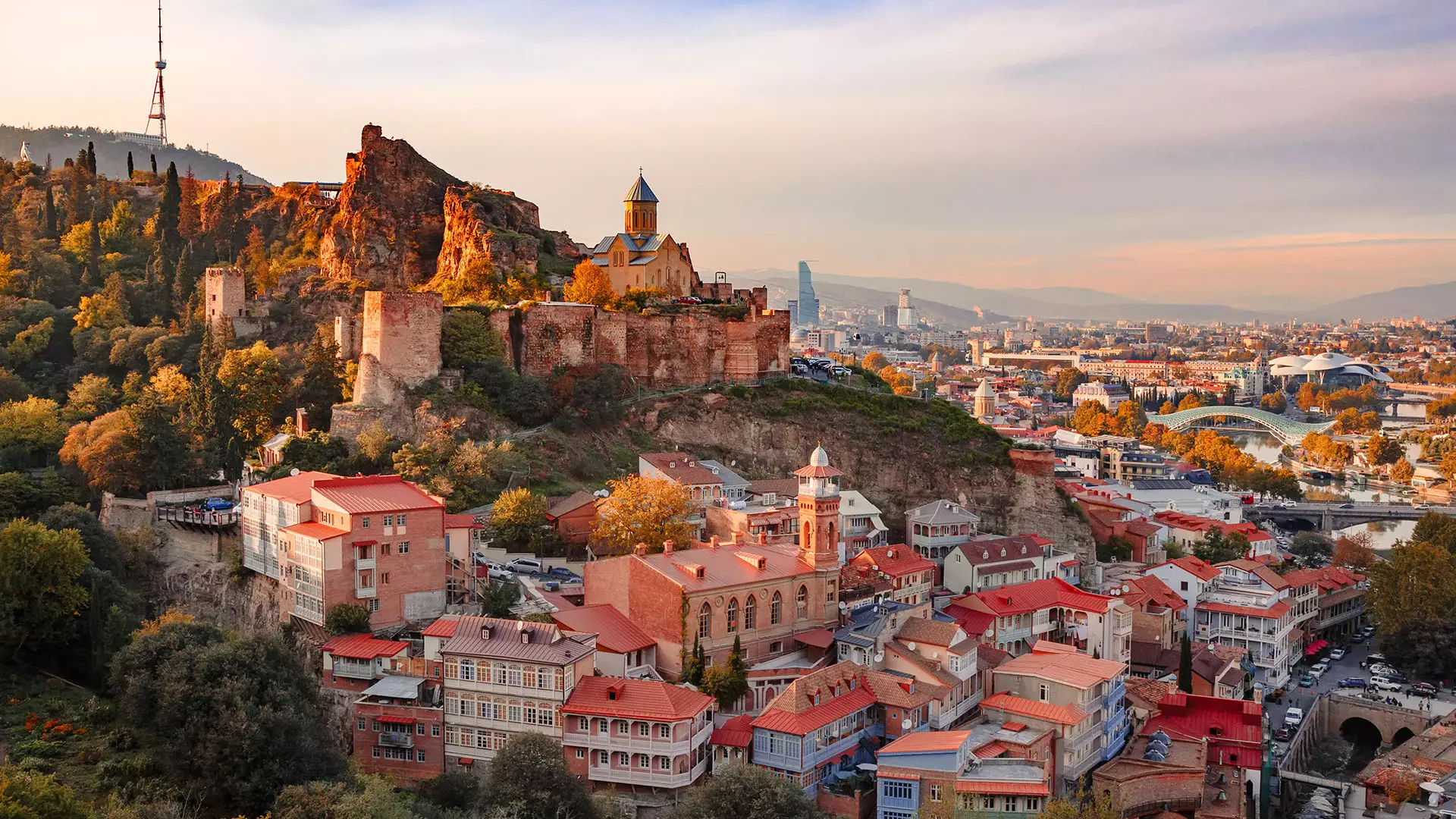Europe’s famous cities like Paris and Rome draw many tourists each year, but there’s much more to discover. Hidden within the continent are lesser-known cities, each with its own unique charm and rich history. These places offer an authentic travel experience without the typical tourist crowds.
Picture walking through ancient streets, enjoying meals in family-owned restaurants, and exploring historical sites that few outsiders know. In 2024, make it a goal to explore these hidden gems. Experience the true essence of Europe through cities that deserve more attention. Here are seven underrated European cities that should be on your travel list.
1. Brisighella, Italy
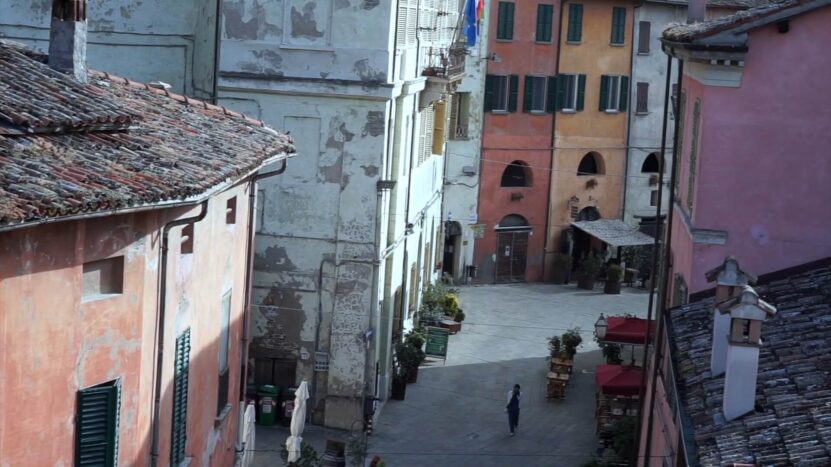
Brisighella sits in the Emilia-Romagna region, between Bologna and Florence. This medieval town offers a mix of rich history and stunning landscapes.
Visiting this city can be a great idea for a side trip if you are staying in Florence, which also offers a lot of hidden gems.
Historical Landmarks
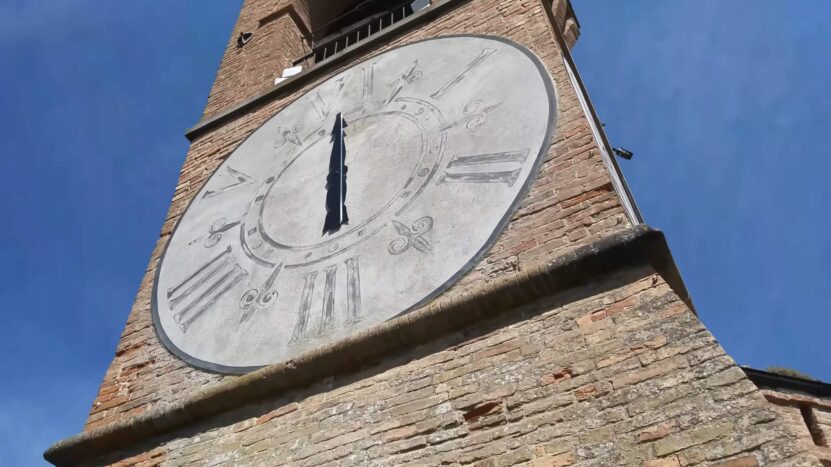
Brisighella’s Rocca Manfrediana, a fortress from the 14th century, stands tall on a hill and provides panoramic views of the surrounding area. The fortress played a crucial role in defending the town. Nearby is the Clock Tower (La Torre dell’Orologio), built in the 19th century. This iconic tower offers an excellent vantage point over Brisighella.
The Via degli Asini is another fascinating spot. This ancient covered road, known as the “Donkeys’ Alley,” was once used by mule drivers transporting gypsum from nearby quarries. The unique arched windows along the road provide a glimpse into the town’s historic trade routes and daily life from centuries past.
Local Culture and Cuisine
Brisighella is famous for its high-quality olive oil, known as Brisighello. The town celebrates this prized product with an annual olive oil festival, attracting visitors eager to sample and purchase this local delicacy. Local restaurants serve classic Italian dishes made with fresh, regional ingredients, offering an authentic taste of Emilia-Romagna’s cuisine.
The Sagra della Porchetta festival, dedicated to roast pork, showcases the region’s culinary expertise. This event provides an opportunity to enjoy traditional dishes in a lively atmosphere.
Natural Beauty
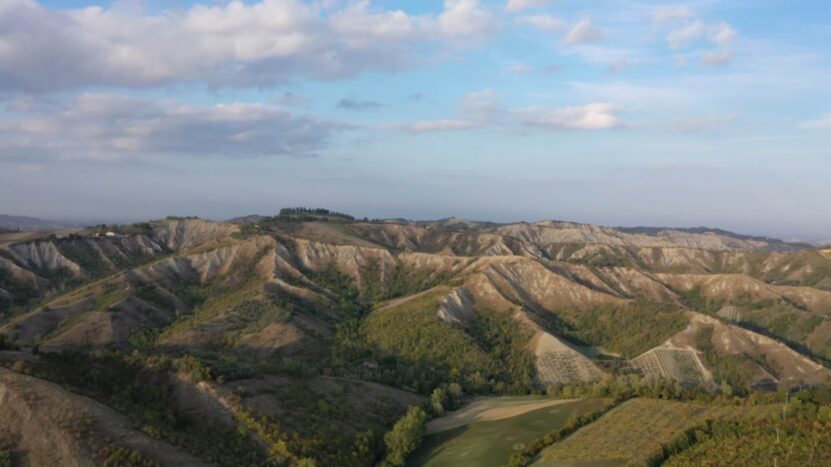
Brisighella is surrounded by stunning natural landscapes, making it a great destination for outdoor enthusiasts. The Parco della Vena del Gesso Romagnola is a regional park known for its unique gypsum formations and diverse flora and fauna. Hiking trails in the park offer breathtaking views and a chance to explore the natural beauty of the area.
The Monticino Sanctuary, located on a hill overlooking Brisighella, is a peaceful retreat offering serene views and a place for reflection.
Fun Facts
- Brisighella is part of the “Borghi più belli d’Italia“ (The Most Beautiful Villages in Italy) association, which recognizes the town’s historical and cultural significance.
- The town hosts the Brisighella Medieval Festival, where locals and visitors can experience medieval life through reenactments, performances, and traditional crafts.
- The local dialect, Romagnolo, adds to the town’s cultural diversity and is still spoken by many residents.
2. Kaunas, Lithuania
Kaunas, Lithuania’s second-largest city, offers a rich mix of history and modern culture. Located at the meeting point of the Nemunas and Neris rivers, Kaunas provides an authentic Lithuanian experience.
Historical Landmarks
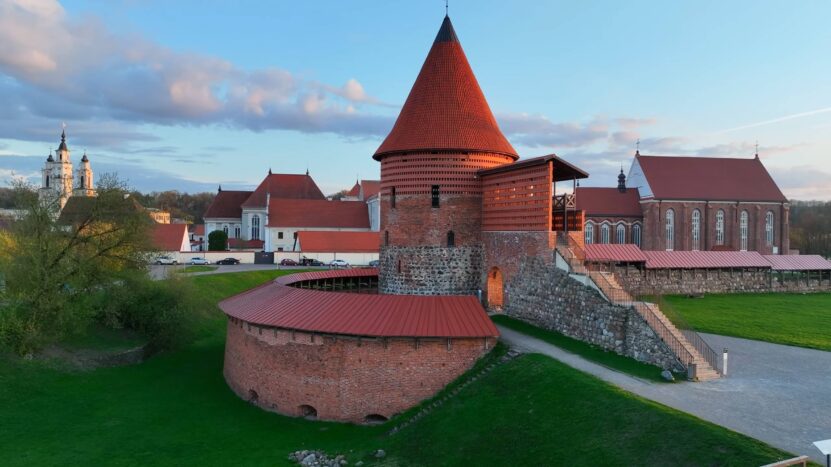
Kaunas is home to several significant historical sites. The Kaunas Castle, a Gothic structure from the 14th century, stands as a testament to the city’s medieval past. Visitors can explore its towers and learn about the battles that have shaped the region.
Another key landmark is the Town Hall Square, which is surrounded by buildings in various architectural styles, including Gothic, Renaissance, and Baroque. The Kaunas Town Hall, often called the “White Swan,” dates back to the 16th century and now houses a museum and serves as a popular venue for weddings.
Cultural Attractions
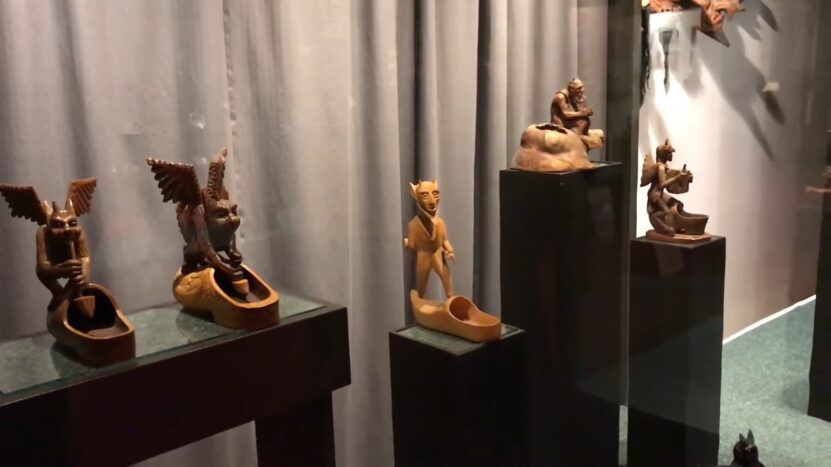
Kaunas has a thriving cultural scene. The Čiurlionis National Museum of Art honors Mikalojus Konstantinas Čiurlionis, a renowned Lithuanian painter and composer. The museum showcases his works along with other pieces of Lithuanian art.
The Devils’ Museum is a unique attraction, featuring a collection of over 3,000 devil sculptures and carvings from around the world. This museum offers an interesting look into the folklore and cultural beliefs surrounding these mythical figures.
Modern Highlights
Kaunas embraces modernity with places like Laisvės Alėja (Liberty Avenue), a pedestrian street lined with shops, cafes, and restaurants. This busy avenue is perfect for a stroll and offers a taste of contemporary Lithuanian life.
The Žalgirio Arena, located on Nemunas Island, is one of the largest and most modern arenas in the Baltic region. It hosts various events, including concerts, sports games, and exhibitions, making it a hub of activity.
Fun Facts
- Kaunas is known for its interwar modernist architecture. The city center is listed as a UNESCO World Heritage Site for its exceptional examples of modernist buildings constructed in the 1920s and 1930s.
- The city has a strong basketball tradition and is home to the Žalgiris Kaunas basketball team, one of the most successful teams in Lithuania and Europe.
- Kaunas is also famous for its street art, featuring numerous murals and graffiti that add a colorful and contemporary touch to its historic streets.
3. Mittenwald, Germany
Situated in the Bavarian Alps, this village is known for its colorful houses and breathtaking mountain views. Mittenwald provides a peaceful and authentic German experience.
Historical Landmarks
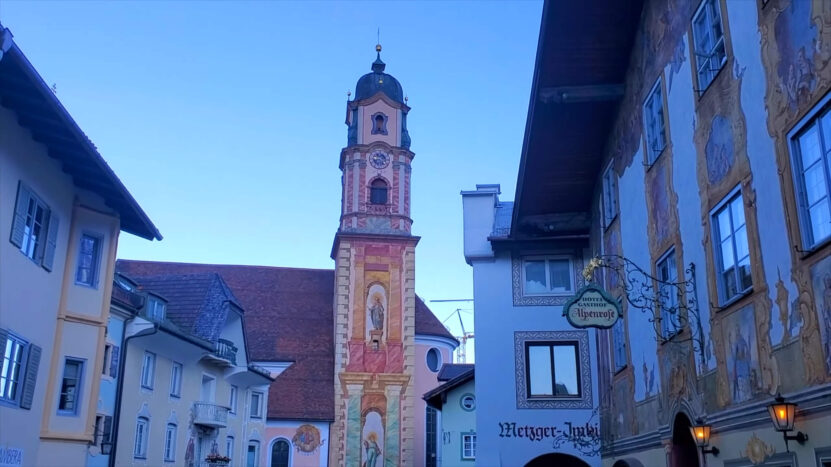
A notable landmark is St. Peter and Paul Church, built in the 18th century. The church is renowned for its beautiful frescoes and Baroque architecture. Inside, the intricate decorations and artwork are a must-see.
The Geigenbaumuseum (Violin Making Museum) highlights Mittenwald’s history in violin making. The museum features historical instruments and offers insights into the craft that has been part of the village’s heritage for centuries.
Cultural Attractions
Mittenwald celebrates its violin-making tradition with festivals and events. The Mittenwald Violin Making Festival attracts visitors who appreciate classical music and craftsmanship. Local artisans showcase their skills, and musicians perform, creating a vibrant cultural atmosphere.
The village also has a rich tradition of painted houses, known as Lüftlmalerei. These frescoes adorn many buildings, depicting biblical scenes, historical events, and local folklore. Walking through the streets, visitors can admire this unique art form that adds character to the village.
Natural Beauty
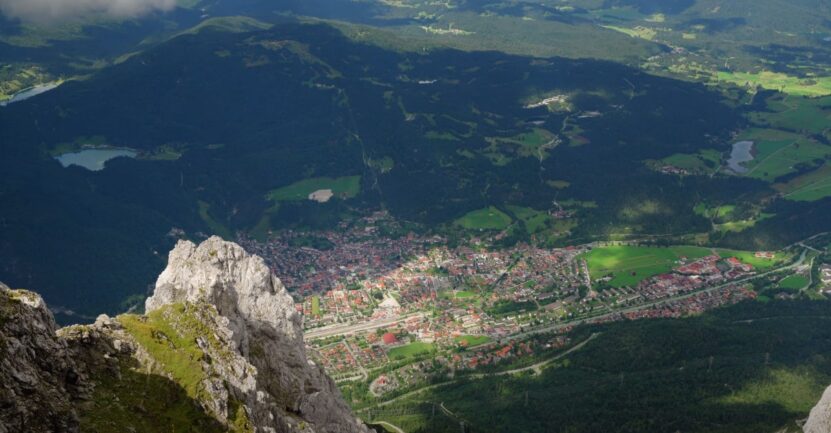
Surrounded by the Bavarian Alps, Mittenwald offers numerous outdoor activities. Hiking trails provide access to stunning views and natural wonders. The Karwendelbahn Cable Car takes visitors up the Karwendel Mountains, where they can enjoy panoramic views and hiking paths.
Lake Lautersee and Lake Ferchensee are nearby, offering serene spots for swimming, boating, and picnicking. These lakes are perfect for relaxing and enjoying the natural beauty of the region.
Fun Facts
- Mittenwald is often referred to as one of the most beautiful villages in the Bavarian Alps due to its charming architecture and scenic location.
- The village has a long history of violin making, dating back to the 17th century, and is still known for producing high-quality string instruments.
- Local folklore and traditions are celebrated through festivals and events, keeping the cultural heritage alive.
4. Zermatt, Switzerland
Zermatt, located in the Swiss Alps, is famous for its breathtaking mountain views and a wide range of outdoor activities. This village is a top destination for nature lovers and adventure seekers.
Historical Landmarks
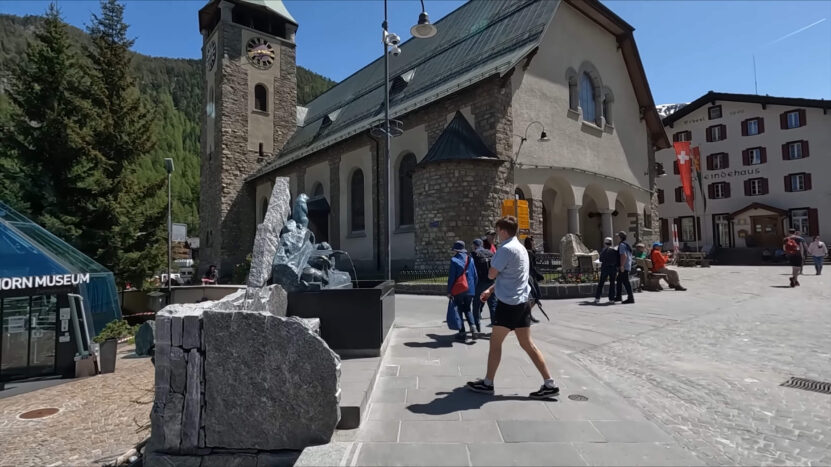
The Matterhorn is one of Zermatt’s most iconic landmarks. This famous mountain has attracted climbers and adventurers for over a century. The Matterhorn Museum in Zermatt offers insights into the history of the mountain, climbing expeditions, and local culture.
The Gornergrat Railway, the highest open-air railway in Europe, provides a ride to the summit. Visitors can enjoy expansive views of the Alps and access hiking trails and observation points from the top.
Cultural Attractions
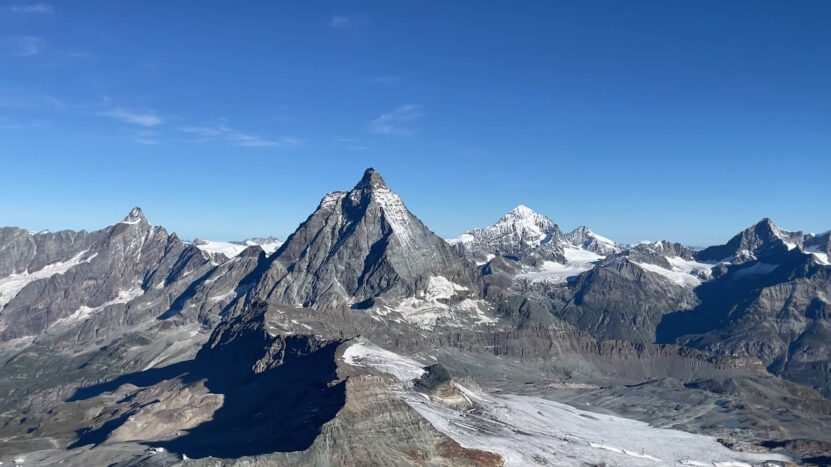
Zermatt celebrates its alpine heritage through various cultural attractions. The Matterhorn Glacier Paradise is the highest cable car station in Europe and offers views of the glacier and surrounding peaks. Visitors can explore the glacier palace, ice sculptures, and snow sports.
The village hosts several festivals and events throughout the year, such as the Zermatt Unplugged music festival. This event features acoustic performances by international artists in a unique alpine setting.
Natural Beauty
Surrounded by the Swiss Alps, Zermatt offers numerous outdoor activities. Hiking and skiing are popular, with extensive trails and slopes available for all levels. The Five Lakes Walk is a popular hiking route that takes visitors through beautiful landscapes and serene lakes.
Gorner Gorge is another natural attraction, featuring dramatic rock formations and a wooden walkway that allows visitors to explore the gorge up close. The area offers a mix of adventure and scenic beauty.
Fun Facts
- Zermatt is a car-free village, preserving its peaceful atmosphere and reducing environmental impact. Electric vehicles and horse-drawn carriages are used for transportation within the village.
- The village has a rich mountaineering history, with the first successful ascent of the Matterhorn taking place in 1865. This event is commemorated annually with various activities and exhibitions.
- Zermatt is home to some of the best skiing and snowboarding in the world, with extensive slopes and modern facilities attracting winter sports enthusiasts.
5. Tbilisi, Georgia
Tbilisi, the capital of Georgia, offers a blend of historic charm and modern energy. Situated at the crossroads of Europe and Asia, Tbilisi is a city rich in history and cultural diversity.
Historical Landmarks
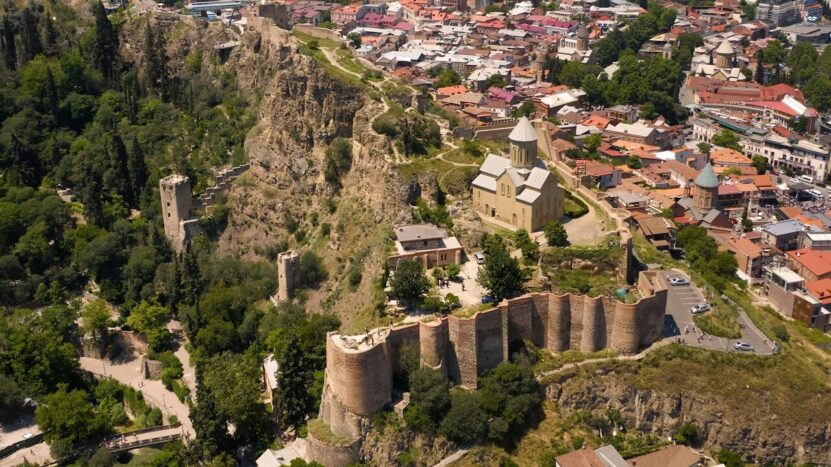
Narikala Fortress is one of the city’s most prominent landmarks. This ancient fortress, dating back to the 4th century, overlooks Tbilisi and offers panoramic views of the city. Visitors can explore its ruins and enjoy the surrounding gardens.
Sioni Cathedral is another significant historical site. Built in the 6th century and rebuilt several times since, it is a symbol of Georgia’s Christian heritage. The cathedral houses many religious artifacts and is an active place of worship.
The Old Town of Tbilisi, with its narrow cobblestone streets and traditional houses with wooden balconies, is a must-visit. This area is home to many historical buildings, including the Anchiskhati Basilica, the oldest surviving church in Tbilisi, dating back to the 6th century.
Cultural Attractions
Tbilisi is known for its vibrant cultural scene. The Georgian National Museum offers a comprehensive look at the country’s history, from ancient artifacts to modern art. The Museum of Fine Arts features a rich collection of Georgian and international artworks.
The Sulfur Baths in the Abanotubani district are a unique cultural experience. These historic bathhouses have been used for centuries and are believed to have therapeutic properties. Visitors can enjoy a traditional bath and massage in these distinctive dome-shaped structures.
Modern Highlights
The city also embraces modernity with attractions like the Bridge of Peace, a contemporary pedestrian bridge made of glass and steel. This bridge connects the old and new parts of the city and offers stunning views, especially at night when it is illuminated.
Rustaveli Avenue is the main thoroughfare, lined with theaters, museums, and cafes. This bustling street is a great place to experience the city’s modern culture and enjoy local cuisine.
Fun Facts
- Tbilisi’s name comes from the Georgian word “tbili,” meaning warm, due to the natural hot springs found in the area.
- The city is known for its diverse architecture, blending medieval, classical, and Soviet-era structures.
- Tbilisi hosts the annual Tbilisi Open Air music festival, attracting international and local artists.
6. Český Krumlov, Czech Republic
Český Krumlov, located in the South Bohemian region of the Czech Republic, is a hidden gem known for its medieval charm and picturesque setting along the Vltava River.
Historical Landmarks
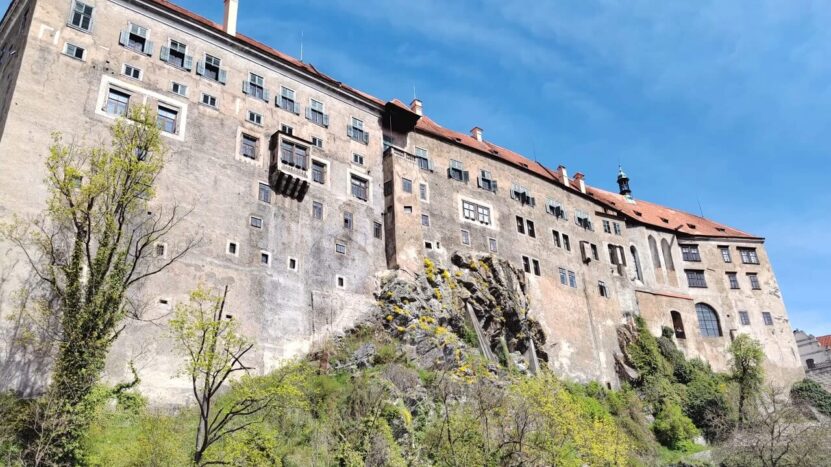
Český Krumlov Castle is one of the city’s most notable landmarks. This extensive castle complex dates back to the 13th century and includes Gothic, Renaissance, and Baroque elements. The castle tower offers panoramic views of the city and surrounding countryside.
The Historic Old Town is another key attraction. With its narrow, winding streets and well-preserved buildings, the old town is a UNESCO World Heritage site. Key sites within the old town include the Egon Schiele Art Centrum and the St. Vitus Church, a Gothic church dating back to the 15th century.
Cultural Attractions
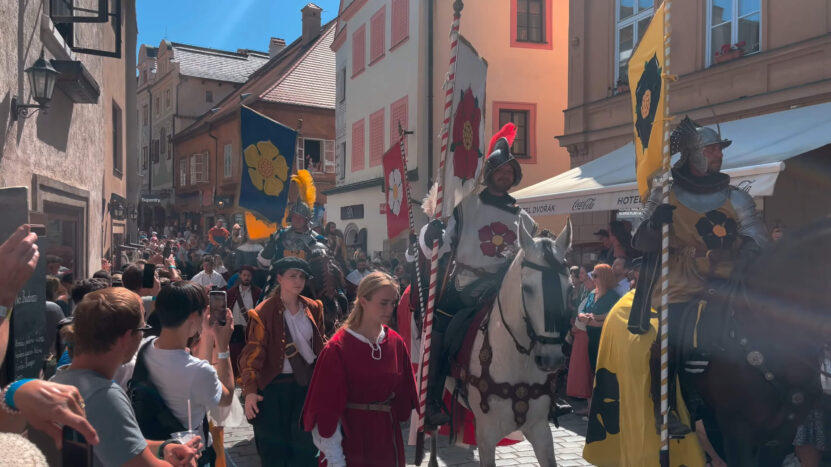
Český Krumlov hosts various cultural events throughout the year. The Five-Petalled Rose Festival is a notable event celebrating the town’s Renaissance heritage with parades, historical reenactments, and performances.
The Egon Schiele Art Centrum is dedicated to the Austrian painter who spent time in Český Krumlov. The museum features a collection of Schiele’s works and contemporary art exhibitions.
Natural Beauty
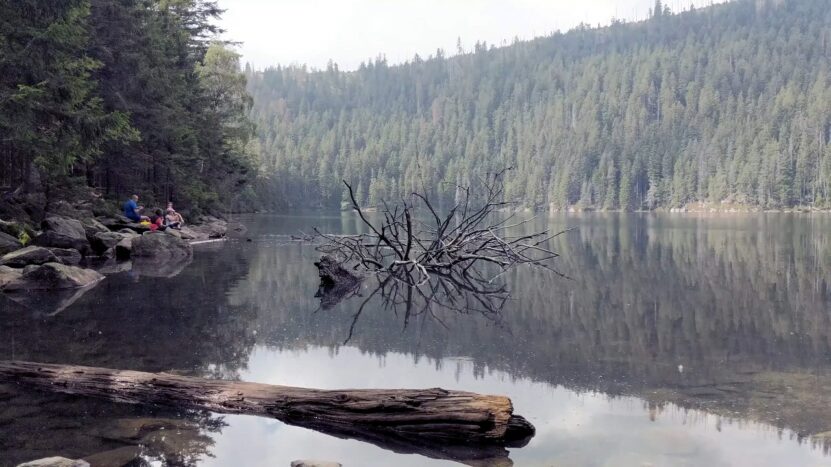
The Vltava River runs through the city, offering opportunities for boating and rafting. The river’s meandering path provides beautiful views of the town’s historic buildings and bridges.
The Šumava National Park is located nearby, offering extensive hiking and biking trails through forests and along rivers. The park is a haven for outdoor enthusiasts seeking to explore the natural beauty of the region.
Fun Facts
- Český Krumlov has a unique Baroque theatre within the castle complex, one of the few remaining in Europe. It still uses original stage machinery and scenery.
- The city is often compared to Prague for its charm and historical significance, but it offers a more relaxed and less crowded experience.
- The Český Krumlov State Castle and Chateau is the second largest castle complex in the Czech Republic, after Prague Castle.
7. Kotor, Montenegro
Found along the Bay of Kotor, this coastal town is famous for its medieval architecture and stunning natural surroundings.
Historical Landmarks
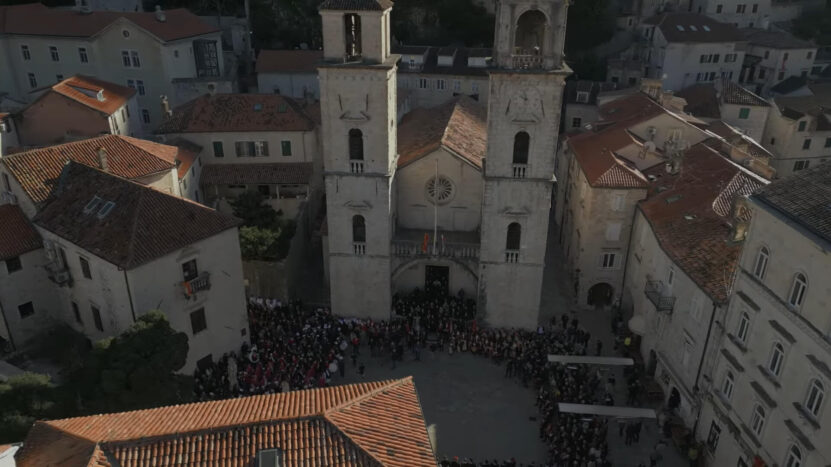
The Old Town, a UNESCO World Heritage site, features narrow streets, historic buildings, and charming squares. Significant sites include the Cathedral of Saint Tryphon, a Romanesque church from the 12th century, and the Church of Saint Nicholas, an important Serbian Orthodox church.
The town’s fortifications stretch along the hills, providing insight into its historical significance. Climbing to the top offers panoramic views of the bay and town.
Cultural Attractions
View this post on Instagram
Kotor hosts several cultural events and festivals. The Kotor Carnival is a lively event with parades, music, and performances. The Kotor Art Festival features art exhibitions, theater performances, and concerts.
The Maritime Museum of Montenegro, located in the old town, offers insights into Kotor’s maritime history, showcasing model ships, naval uniforms, and historical documents.
Natural Beauty
The Bay of Kotor is one of the most beautiful bays in the world. Visitors can enjoy boat tours, kayaking, and swimming in the clear waters. The bay, surrounded by towering mountains, offers dramatic views.
Nearby Lovćen National Park offers hiking trails with stunning views of the bay and surrounding region. The park is home to the Mausoleum of Petar II Petrović-Njegoš, a significant historical and cultural site.
Fun Facts
- Kotor is one of the best-preserved medieval towns in the Adriatic, known for its maze-like streets and historical buildings.
- The Bay of Kotor is often referred to as the southernmost fjord in Europe, although it is technically a ria (a submerged river canyon).
- Kotor has a long history as a maritime center, and its seafaring tradition is celebrated in the Maritime Museum.
Last Words
These hidden spots offer a rich blend of history, culture, and natural beauty that you won’t find in the usual tourist hotspots. Visiting these places allows for more intimate and meaningful encounters with local traditions and historical sites.
Away from the crowds, you can discover unique landscapes and stories that make your travels truly special. Plan your next adventure to uncover these gems and create lasting memories in places that offer a different perspective on the world.

